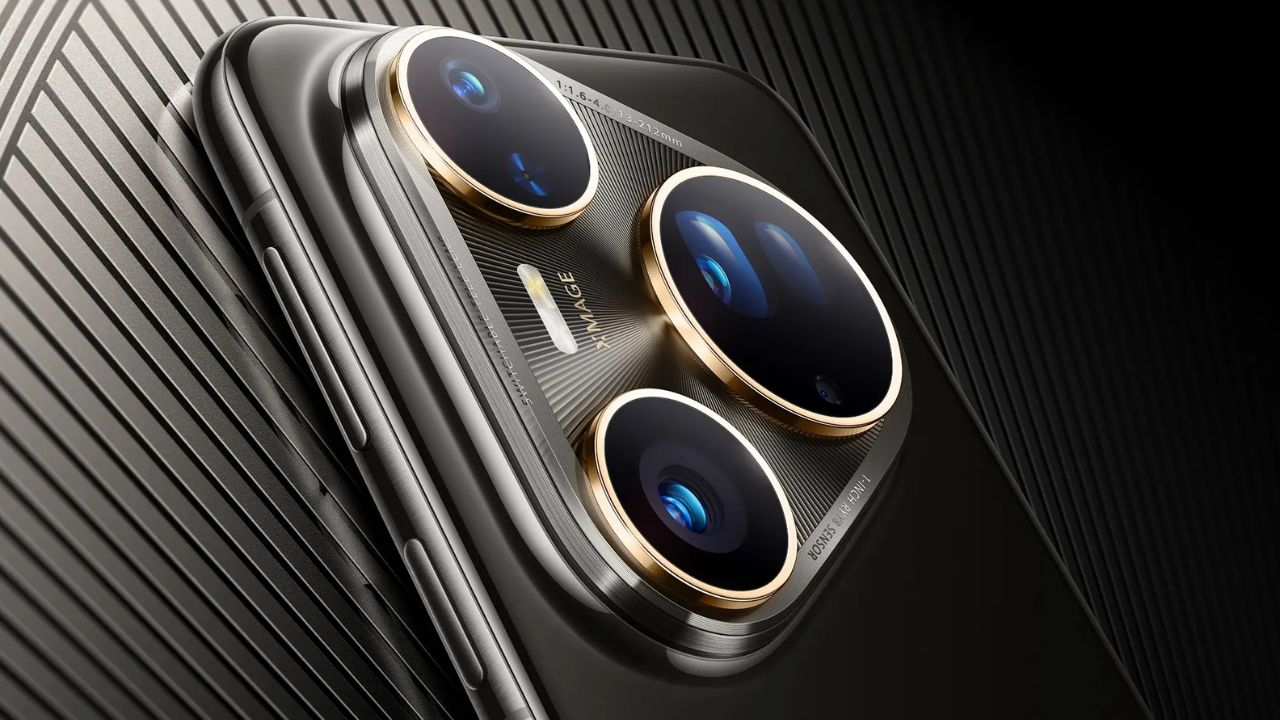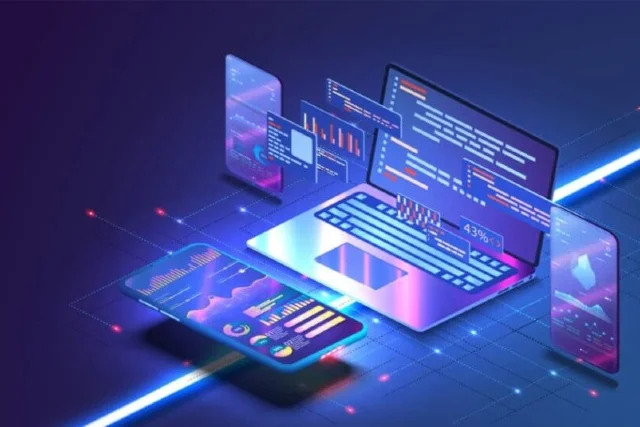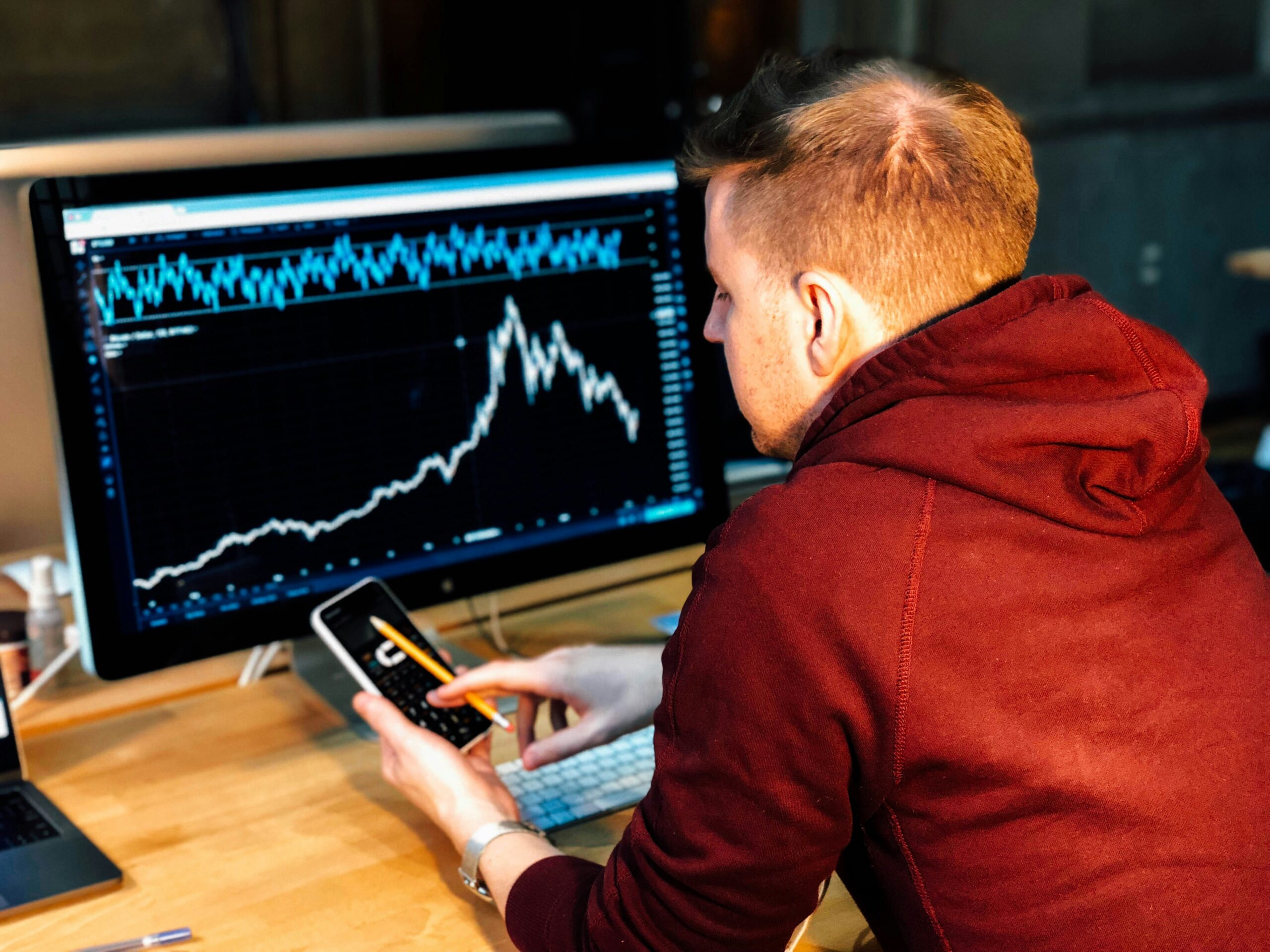The rivalry of flagship phones is always fierce, and Huawei’s Pura 80 Ultra and Apple’s iPhone 17 Pro are no different. Both bring ultra-premium cameras, top-notch displays, and lofty aspirations. Below is the comparison.
Key Specifications Comparison
Below are some of the standout specs of each phone:
| Spec | Huawei Pura 80 Ultra | iPhone 17 Pro |
| Display size & type | 6.8-inch LTPO OLED, adaptive 1-120Hz refresh rate, high touch sampling rate, very bright (around 3000 nits peak) (FoneArena) | 6.3-inch Super Retina XDR OLED, 120Hz ProMotion, OLED with high peak brightness (outdoor) |
| Processor / Chipset | Kirin 9020 (7 nm) with “Taishan Big & Mid & Little” cores, Maleoon 920 GPU (FoneArena) | Apple A19 Pro chip (expected or confirmed), latest iOS 26, optimized for performance and efficiency (The Verge) |
| Memory & Storage | 16 GB RAM, options 512 GB / 1 TB storage in Huawei (FoneArena) | Multiple storage options (256 GB / 512 GB / 1 TB) for the iPhone 17 Pro. RAM probably around 12 GB though Apple doesn’t always emphasize RAM specs. (Android Central) |
| Battery & Charging | ~5,700 mAh battery, supports 100W wired charging, 80W wireless charging, plus reverse wireless / reverse wired charging. (Gadgets 360) | iPhone 17 Pro has larger battery than earlier iPhones, but Apple typically trades off charging speed / wireless charging speed for safety, durability, and ecosystem control. Expect slower wired/wireless charging compared to Huawei. (The Verge) |
| Cameras | Very strong camera setup: 1-inch 50 MP main sensor with OIS, a switchable dual telephoto system (3.7× & 9.4× optical zoom) with sensor-shift OIS, 40 MP ultra-wide, other advanced sensors such as spectral camera. Also strong selfie camera. (Gadgets 360) | iPhone 17 Pro sports triple 48 MP cameras (wide, ultra-wide, telephoto), probably improvements in zoom, sensor size, processing, video capabilities. Apple often emphasizes computational photography, video features (ProRes etc.). (The Verge) |
| Durability & Build | IP68/IP69 rating, glass front & back, aluminum frame; fairly large & heavy phone (~233.5 g) (FoneArena) | High-quality materials, Apple’s usual water/dust resistance (IP68), good build finish, possibly new coatings, etc. Slightly smaller size which helps with one-handed use. |
Where Each Phone Shines / Their Shortcomings
Here are advantages and disadvantages for both:
Huawei Pura 80 Ultra – Advantages & Disadvantages
Advantages:
-Incredible camera system and adjustable zoom for versatility. It is nice to see a switchable dual telephoto as an option.
The Verge
+1
-Very quick wired & wireless charging offers flexibility.
-Massive display with extremely bright peak level brightness — strong usability outdoors along with excellent performance for gaming and almost any type of content consumption.
-Very sizable capacity battery should mean usage longevity.
Disadvantages / Limitations:
-Kirin chipset is strong, but could fall behind in raw performance or optimization of Apple’s new silicon or other leading chip manufacturers.
-Software / ecosystem: Huawei could likely face disadvantages working with some services (especially outside of China), app support, Google services etc.
-Size & weight: larger, heavier than almost all phones resulting in less comfortable one handed usability.
-While charging quickly at one point might have elevated heat, it could be dubious on market durability as a whole.
iPhone 17 Pro – Advantages & Disadvantages
Advantages:
-Apple’s optimization (hardware + software) is generally outstanding – smooth user experience, good thermal management and longevity of software support.
-Camera quality is a strength, even more than hardware with video, processing and low light performance etc.
There could be improved availability of accessories, service, and resale value in many areas.
It’s smaller compared to some oversized Android flagships, which may be of interest for some.
Disadvantages / Drawbacks:
Charging speeds have historically been slower on Apple and have less flexibility in customizability.
Storage and price can be steep; you pay a lot to get more storage in addition to better camera options.
Apple will very often sacrifice raw hardware specifications (e.g. megapixels, telescopic zoom) for better image processing, but for someone who wants the best optical zoom or ultra wide lenses with massive sensors, Android / Huwei will often win.
Which One Should You Choose — Based on Your Requirements
Depending on what you care about, one would be better suited for you:
If you are someone who cares about great photography / content creation, and wants the best optical zoom, great camera hardware, and ultra fast charging → Huawei Pura 80 Ultra would likely be a better choice.
If you value stability in the ecosystem, software updates, resale value, great video recording (especially in low light), compact form factor, and reliability → the iPhone 17 Pro is probably the better phone for you.
For gaming, media-consumption, battery life, Huawei may give you more raw spec, but Apple may get you more sustained success over time.
For people in regions without full support from Huawei (access to all services, spare parts, etc.) vs Apple, depending on your priorities, Apple’s service and support network may give you peace of mind.
Conclusion
Both the Huawei Pura 80 Ultra and iPhone 17 Pro are excellent phones with premium features and functions. Huawei wins in some areas (e.g. versatility in the camera, charging time, display brightness, and power and components), while Apple likely wins in areas like ecosystem, software, longevity of software updates, continued performance over time, and enjoyment of using the device.
If I had to choose in 2025, for the best overall raw hardware I may lean Huawei Pura 80 Ultra, or for best reliability, support, and smooth daily experience I thing it would be the Apple iPhone 17 Pro with the perfect balance of all aspects I’m considering.





